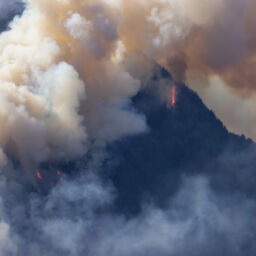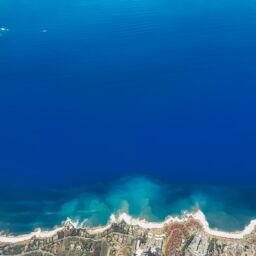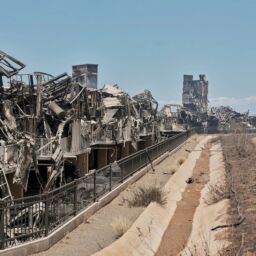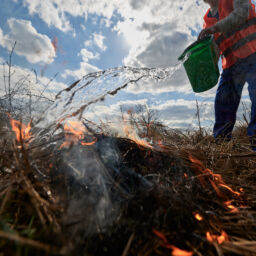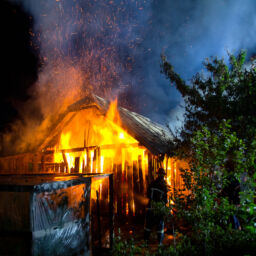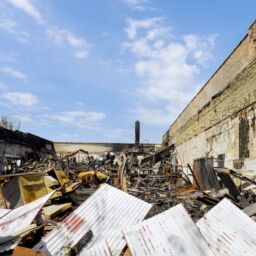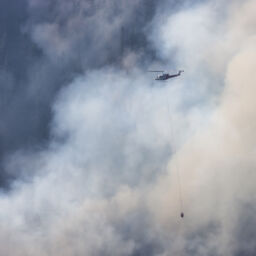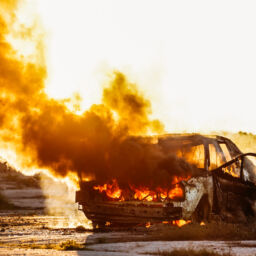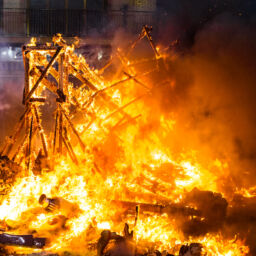Deadly wildfires in Hawaii, which killed over 100 people and forced thousands to evacuate, were fueled by a mix of land and atmospheric conditions that can create “fire weather.” A massive blaze destroyed much of the historic town of Lahaina, on Maui, and the search for victims continued as hundreds remained missing.
Hawaii Gov. Josh Green said a few days after the fires broke out that there was “very little left” of Lahaina, where more than 2,700 structures have been destroyed in what is now the deadliest U.S. wildfire in more than a century. Green said he expects the death toll to keep climbing.
“There are more fatalities that will come,” Green told CBS News. “The fire was so hot that what we find is the tragic finding that you would imagine, as though a fire has come through and it’s hard to recognize anybody.”
Nearly two weeks after the blazes first spread, more than 800 people were still missing, and many of them could be children, Lahaina’s mayor said.
While Maui grapples with the devastating losses and officials work to implement relief and recovery plans, many people have raised questions about how the fires began and whether anything could have been done to prevent such a disaster.
What caused the Maui fire?
An investigation is underway to determine what initially sparked the wildfires, and the cause has not been officially determined. Investigators are looking into whether downed power lines and decisions by Hawaiian Electric, the state’s primary power company, played a role.
Much of Hawaii was under a red flag warning for fire risk when the wildfires broke out, with dangerous high wind conditions caused by Hurricane Dora, a Category 4 storm that was moving across the Pacific Ocean hundreds of miles south of the Hawaiian islands.
“We don’t know what actually ignited the fires, but we were made aware in advance by the National Weather Service that we were in a red flag situation — so that’s dry conditions for a long time, so the fuel, the trees and everything, was dry,” Maj. Gen. Kenneth Hara, commander general of the Hawaii Army National Guard, said at a briefing Wednesday, Aug. 9. That, along with low humidity and high winds, “set the conditions for the wildfires,” he said.
The earliest blaze reported by Maui County officials was described as a brush fire in the Olinda Road area of Kula, a town in the island’s Upcountry region, where wildfires eventually burned through about 700 acres and claimed 19 homes. On Tuesday, Aug. 8, Maui County shared the first details about a Kula brush fire that had forced evacuations early that morning.
A video clipped from security camera footage at the Maui Bird Conservation Center — located along Olinda Road in Makawao, directly adjacent to Kula — appears to show a flash in the woods around their property at 10:47 p.m. on Monday, Aug. 7. The Washington Post originally reported on the video, which the conservation center shared to its Instagram page over the weekend. In that social media post, Jennifer Pribble, a senior research coordinator at the organization, suggested the flash may have happened after a tree fell on a power line during strong winds.
“I think that is when a tree is falling on a power line,” Pribble said on Instagram. “The power goes out, our generator kicks in, the camera comes back online, and then the forest is on fire.”
Echoing wildfire experts, Gov. Green said on Aug. 11 that he believes a confluence of weather conditions contributed to the ignition and spread of the blazes.
“It is a product, in my estimation, of certainly global warming combined with drought, combined with a super storm, where we had a hurricane offshore several hundred miles, still generating large winds,” Green told CNN.
“The winds were just getting out of control. Power lines were down everywhere.,” Maui resident J.D. Hessemer, who owned a business in Lahaina, later told “CBS Mornings.” “We just decided it was not safe to stay around for the day.”
The National Weather Service noted in a tweet before the fires started that significant differences in atmospheric pressure between the hurricane and the air north of Hawaii formed a pressure gradient over the islands which, when combined with dry conditions, posed a serious threat of fires as well as damaging winds.
“While Hurricane Dora passes well south with no direct impacts here, the strong pressure gradient between it & the high pressure to the north creates a threat of damaging winds & fire weather (due to ongoing dry conditions) from early Mon to Wed,” the agency said at the time.
Claims surfaced in the following days that Hawaiian Electric, which operates Maui Electric and services 95% of the state overall, did not implement precautionary safety measures included in an emergency plan to reduce wildfire risks ahead of the storm. Citing documents, a Washington Post report noted that the provider did not shut off electricity to areas where strong winds were expected and could spark flames.
[…]
Full Story: CBS August 27, 2023


